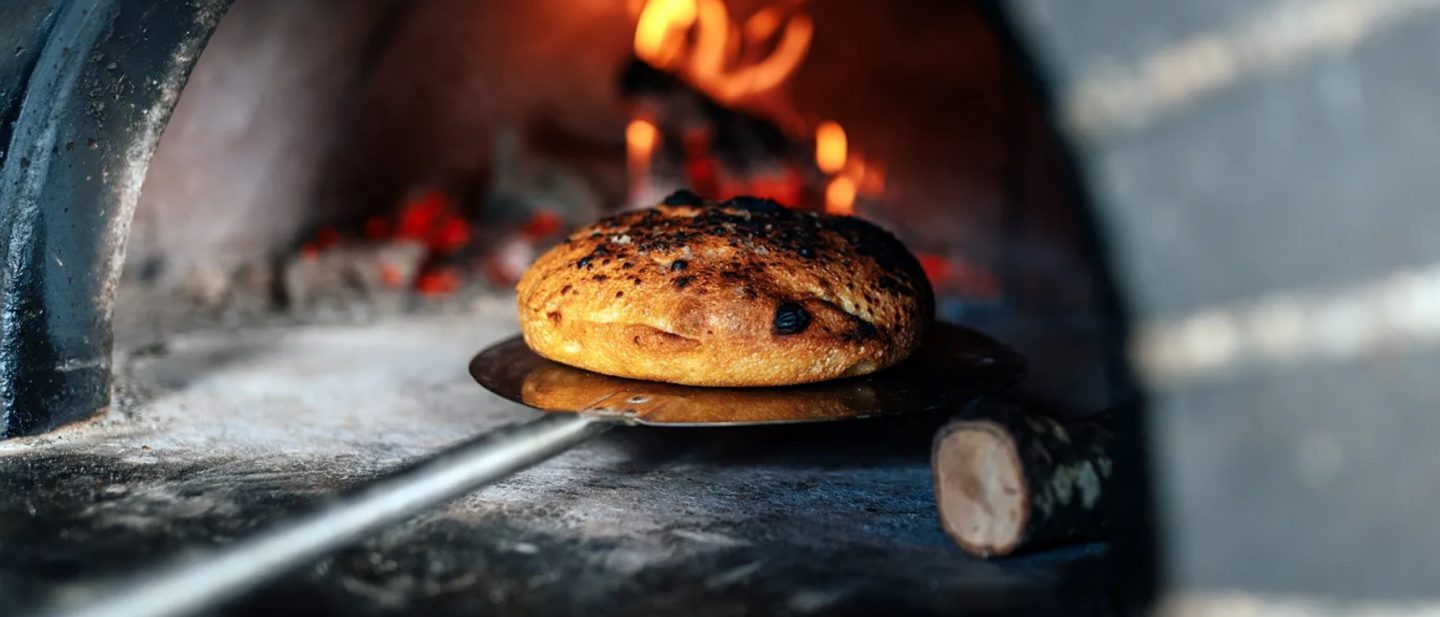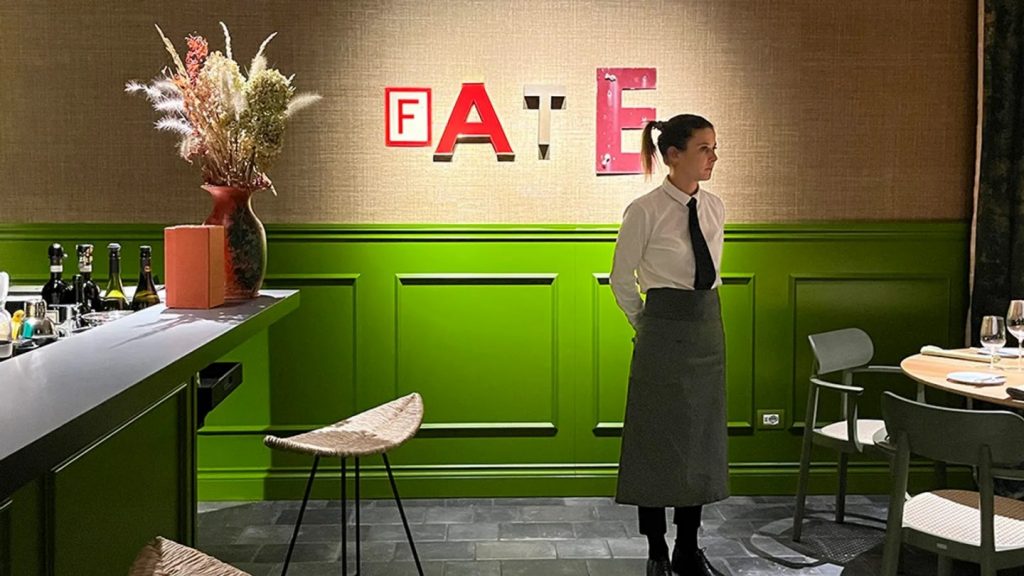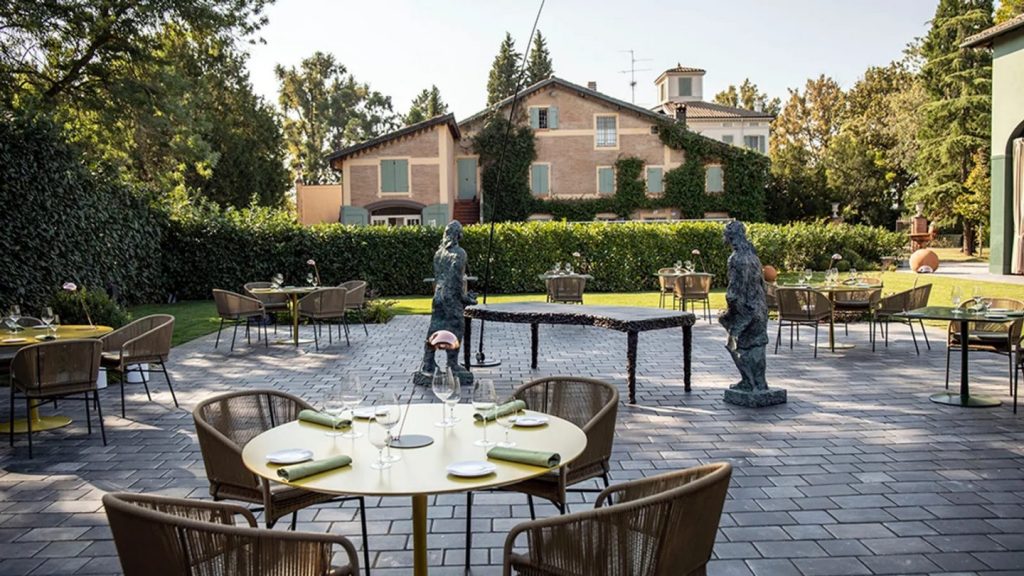Al Gatto Verde in Modena, Italy, redefines barbecue with a wood-burning oven, conceptual fire cooking techniques and passionately sustainable practices.
BBC – I am three dishes deep into the tasting menu at Al Gatto Verde – Massimo Bottura‘s new “Not Barbecue” restaurant at Casa Maria Luigia, his intensely stylish guesthouse on the outskirts of Modena, Italy – when the cotechino sangue di drago arrives.
Cotechino, a Northern Italian pork sausage flavoured with juniper, cloves and garlic, is the quintessential Italian New Year’s Eve dish; stewed with lentils and served at midnight. I’ve eaten it every winter of my life, but only on New Year’s, and never on an early autumn night in the ochre-hued Emilian hills, surrounded by edgy artwork.
Al Gatto Verde’s cotechino is a square, ruby-like nugget with a crispy Japanese-style deep-fried crust, draped in a vibrant plum-coloured “dragon’s blood” sauce. My fork glides through the buttery soft sausage. The bite is velvety and tart, and the familiar New Year’s Eve flavours of pork and spices burst through the unexpected yet arresting smokiness.
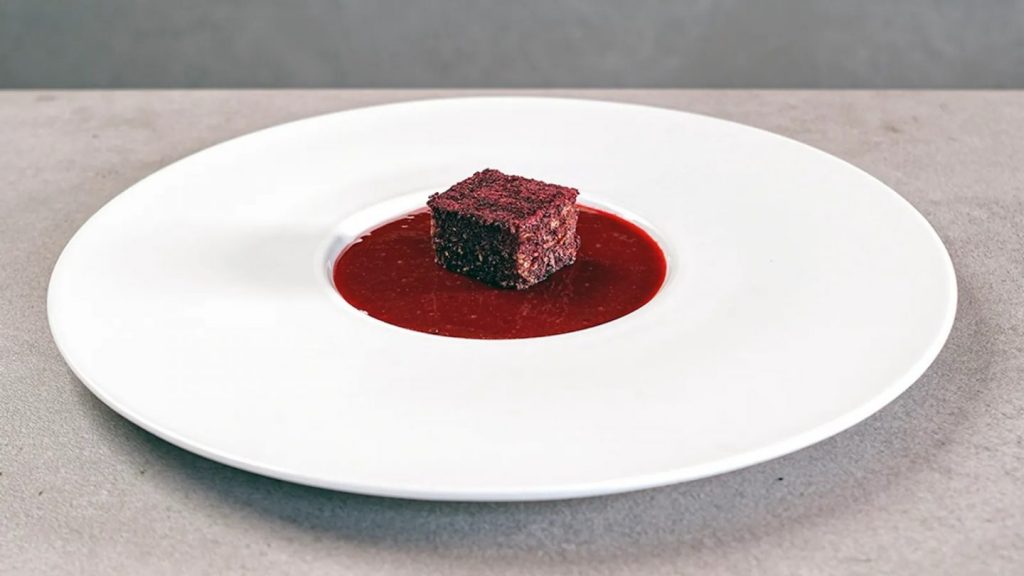
Smoked. Slow-cooked. Flame-fired. Familiar. These are the dishes at Al Gatto Verde. But Massimo Bottura is right – this is not barbecue. At least, it’s not American barbecue known for its smoked meats and carby sides, nor is it primal meat cooked over flame. Al Gatto Verde’s Not Barbecue offerings are even a departure from the contemporary Modenese dishes developed in Bottura’s three Michelin-star restaurant, Osteria Francescana, in his bistro, Franceschetta58, or for his culinary collaborations with Gucci and Enzo Ferrari.
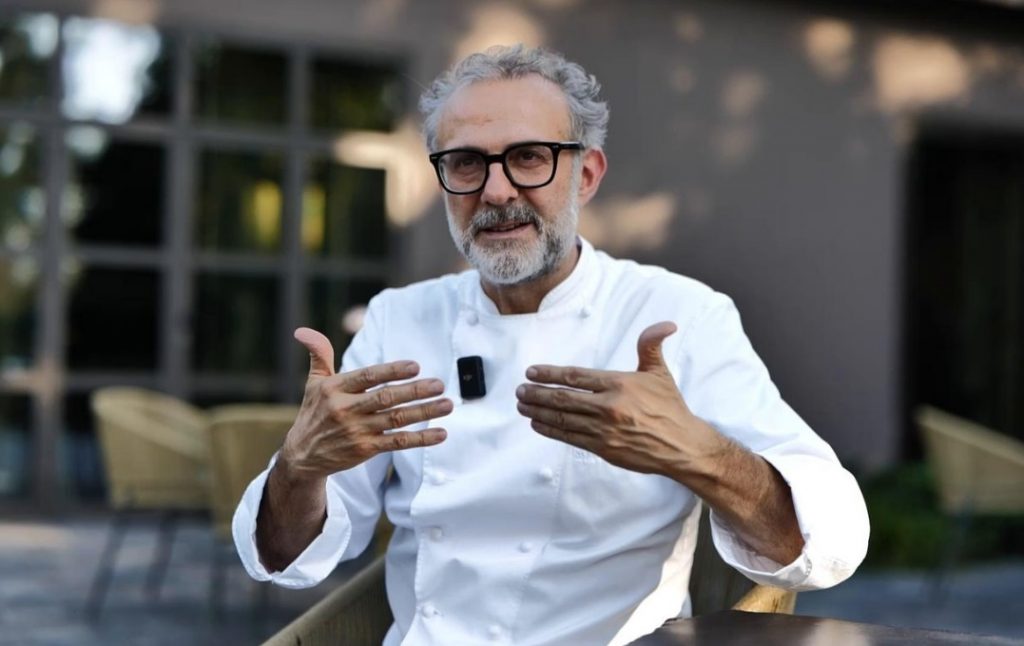
Helmed by Casa Maria Luigia’s Head Chef Jessica Rosval, Al Gatto Verde continues the Bottura tradition of dismantling conventional flavours while following a rigorous “no waste” policy. Like Osteria Francescana’s iconic dish “Pasta Pesto in Abstract” – born when one of the osteria’s chefs overcooked several kilos of spaghetti with pesto and, after Bottura challenged the staff to repurpose it, the pulpy pasta was fermented into miso and transformed into a zesty layered flan.
Not Barbecue evolved from Casa Maria Luigia’s breakfast offering called – surprise – “Not Brunch”. “We’ve been working with fire since we opened Casa Maria Luigia to recreate the breakfast my grandmother cooked when I was a kid on Christmas day,” explained Bottura. “In 2020, when we reopened after lockdown, we created a special brunch.”
The wildly popular brunch, called Tòla Dòlza – “take it easy” in Emilian dialect – uses a wood-burning oven, Tuscan grill and “Big Green Egg” charcoal smoker grill to produce a feast of fruits and vegetables, fluffy frittatas, focaccia and re-visited Emilian treats like sbrisolona (crumble pastry) deliciously topped with smoky cotechino and sweet zabaglione cream.
“We’ve recreated the atmosphere of a barbecue – in your palate, of course.”
“From brunch to barbecue, the step was very short,” said Bottura. Rosval began creating new Modenese dishes with barbecue-adjacent techniques, like roasting Bottura’s signature Parmigiano sauce-bathed tortellini in the wood burning-oven just before serving to infuse them with the smokiness of chestnut wood and impart a delightful unexpected crunch. “We put together all these different contemporary techniques, and we’ve recreated the atmosphere of a barbecue,” said Bottura. “In your palate, of course.”
Casa Maria Luigia’s idyllic country setting was, naturally, the perfect venue for the Not Barbecue concept. Since Bottura and his wife, Lara Gilmore – entrepreneur and president of Bottura’s anti-foodwaste non-profit Food for Soul – opened the guesthouse in 2019, Modena’s cab drivers have come to know the road well. “They’re giving us lots of business,” said my driver as we drove through rolling yellow hills towards the stately cream-colored villa.
Artwork decorates the courtyard at Casa Maria Luigia (Credit: Lido Vannucchi)
The property originally consisted of an 18th-Century carriage house and has since incorporated the adjacent vineyards, surrounding structures and bucolic grounds on which now stand a swimming pool, tennis courts and Gilmore’s thriving herb, vegetable and flower garden. As Gilmore led me past rosemary and wildflower bushes, she pointed out the smoky mint green colour of every wooden shutter and door. The colour is laced throughout the property, from the walls of the Music Room to the utility sheds to Al Gatto Verde’s wood-burning oven.
“We named [the guesthouse] after Massimo’s mother,” explained Gilmore. “We decided not to call it Villa Maria Luigia but Casa. We wanted to indicate that this was a home away from home.”

